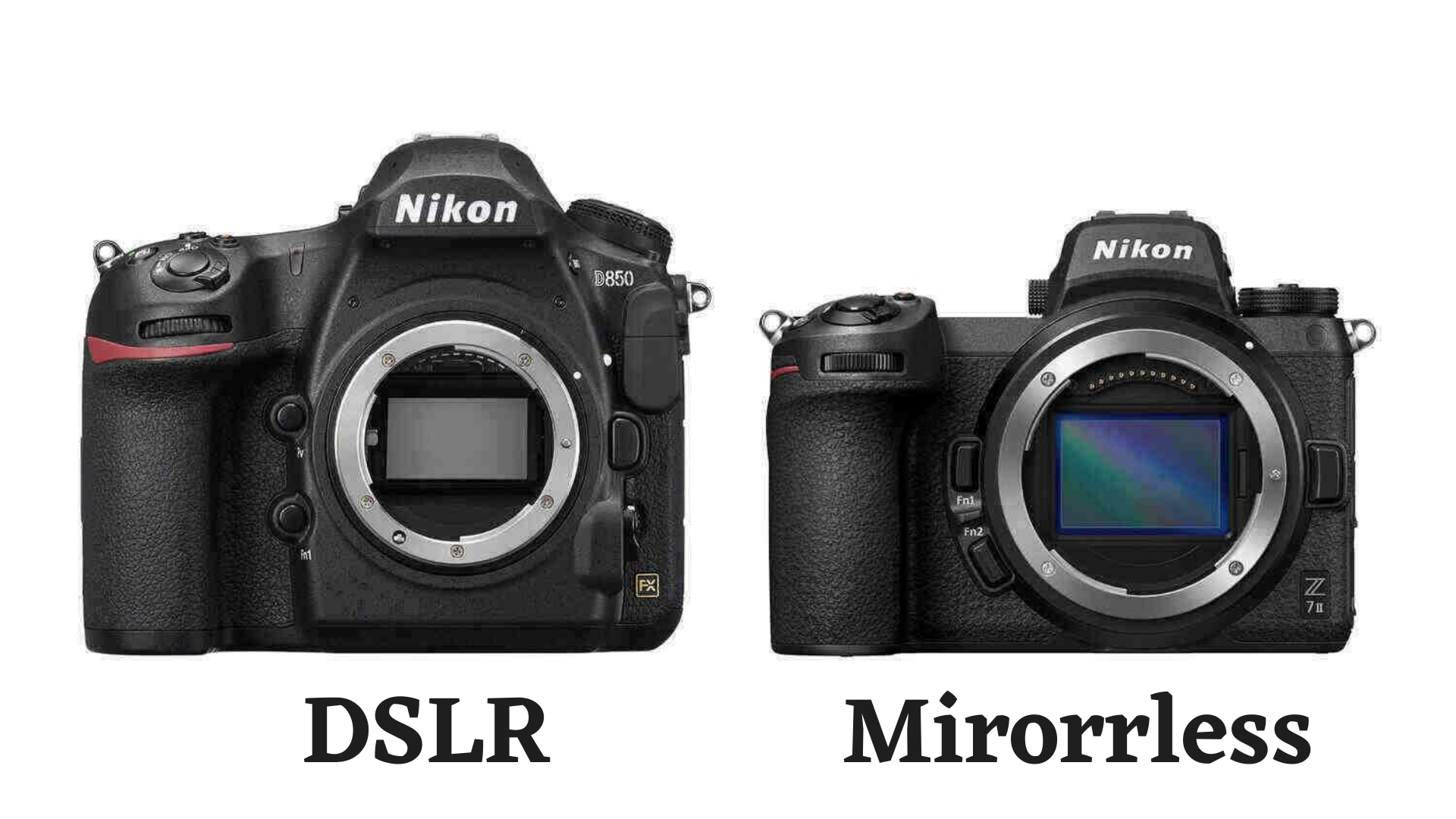 POSTED ON March 05, 2022 by Arup Ratan Paul
POSTED ON March 05, 2022 by Arup Ratan Paul DSLR vs Mirrorless Cameras: Which one is the right choice for you?
Even a few years ago, the acceptance of digital single lens reflex cameras or DSLRs was much higher. But that place is now occupied by mirrorless cameras. There are some good features available in those cameras then that of DSLR.
DSLR or mirrorless - which type of camera would be a good idea for photography? This is the burning question of today's time.
So to help our readers make this decision, we discuss the details of DSLR and mirrorless cameras below.
What is a DSLR camera?
The DSLR camera is modelled on the previous 35mm film camera. The light that comes through the lens of this camera is reflected in the mirror inside the camera and helps the user to preview the image through the viewfinder. The shutter opens and the light falls on the image sensor, with the camera capturing the image.
What is a mirrorless camera?
In a mirrorless camera, the outside light comes directly through the lens and falls into the image sensor, which captures the image preview and shows it to the user on the rear screen.
The difference between DSLR and mirrorless
The light coming through the DSLR lens is reflected in a mirror inside the camera and is visible through a prism in the viewfinder and we see it. And when we press the shutter button, the mirror inside the camera goes up and lets the light go to the sensor, and the sensor then creates the image with the help of the image processor.
And in a mirrorless interchangeable lens, the light goes straight through the lens to the camera sensor, and the sensor then shows the image what it might look like in an electronic viewfinder, and the image processor creates the image when the shutter button is pressed. The camera of our smartphone is also an example of a mirrorless camera.
Exposure simulation:
How the brightness of the image can be or how it looks - all these can be understood before taking the image on a mirrorless camera. But this cannot be done by using DSLR Viewfinder, while taking pictures with live mode or rear LCD.
Viewfinder lag:
DSLR has a monitor, rear LCD, it is less used for taking pictures. On the other hand, mirrorless viewfinders have two monitors, a rear LCD and a viewfinder monitor. The images are displayed on these two monitors by processing from the image sensor. This processing takes some time. So we don't see the instantaneous scene like a DSLR in the viewfinder, we see it a little later. Although, in some modern cameras this processing is done so fast that this lag or delay is not understood. It is improving day by day.
The Mirror
Mirrorless cameras can be made smaller and lighter because there are no mirrors. Small and light are convenient in many cases, but not convenient in many cases. It is not easy to balance a small camera with a very large lens. Moreover, when the camera is small, it is difficult to hold a lot of time, and the buttons become tight. On the other hand, in the case of DSLR cameras, there is no such problem.
Size and shape:
DSLRs tend to be large enough in camera size. Its weight is also relatively high. Its structure is relatively complex. It is a bit of a hassle to carry as it weighs more. Mirrorless cameras, on the other hand, are smaller and lighter in size. It is easy to carry. So you can easily carry a mirrorless camera in your camera bag.
Auto focus speed
DSLRs benefit here because they use a technology called face detection, which quickly measures the convergence of two beams. This system is capable of focusing faster than contrast detect autofocus. But it can be said to be less perfect than mirrorless. This is because the DSLR has a separate sensor for focusing on this system. That sensor focuses the image and the main image sensor captures the image. However, it needs fast auto focus to capture sports videos and various running videos. And that's what DSLR cameras can do very quickly. Mirrorless cameras also have auto focus, but not as fast as the DSLR. Although the focus is good, it is difficult to focus on something that is moving very fast. DSLR cameras will be ahead in terms of auto focus.
Lens:
There are many types of lenses available for DSLR cameras. There are 200 to 300 types of lenses available in the market. On the other hand the number of mirrorless camera lenses is much less, you can get 10-20 types of lenses in the market and it can be more or less in particular fields.
Shutter speed:
Both DSLR and mirrorless cameras can take many pictures at very fast speeds. However, the mirrorless camera will be a little ahead at shutter speed.
Battery Life
With a per battery charge of a DSLR you can take up to 600 shots generally. However, many entry level DSLR can take 1500 shots on a per battery charge. And in a good quality DSLR this number is more than 4000. On the other hand, the battery performance of a mirrorless camera is much lower than that. In Basic Mirrorless Camera You can take 350-400 snaps per battery charge. This number will be 600+ in good quality mirrorless cameras.
However, DSLR and mirrorless cameras are becoming more and more of the same quality due to the advanced technology. So there is no shortage of picture quality in these two cameras. What do you think? Be sure to let us know your opinion through the comments section and spread the word by liking and sharing. Keep an eye on our website and social media page for more news related to technology.
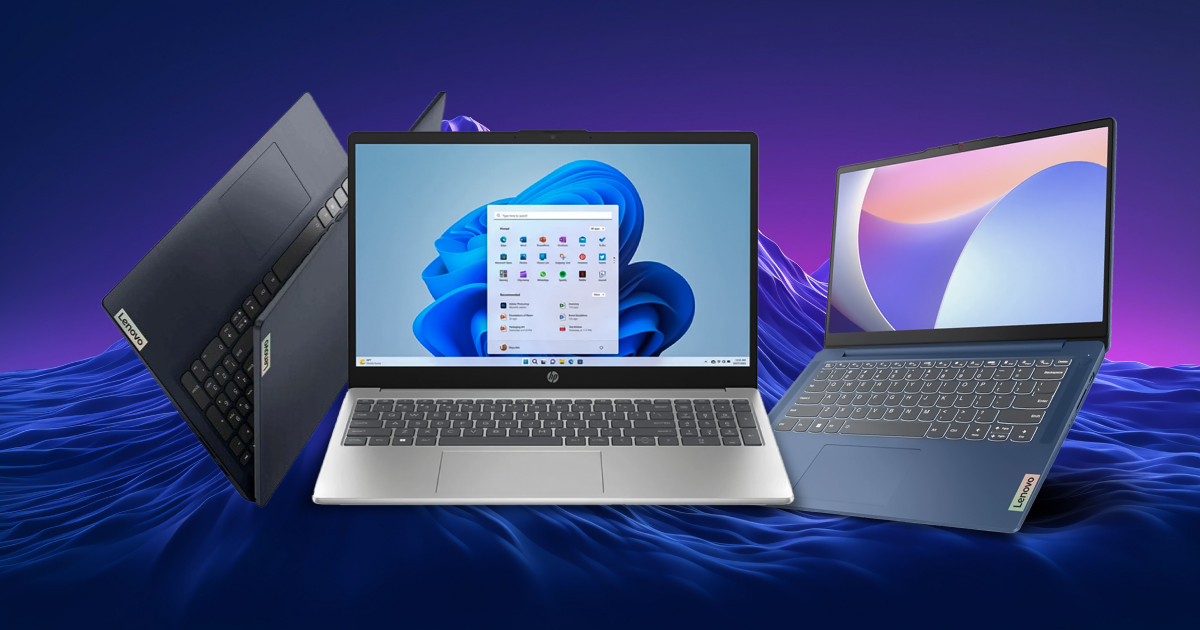
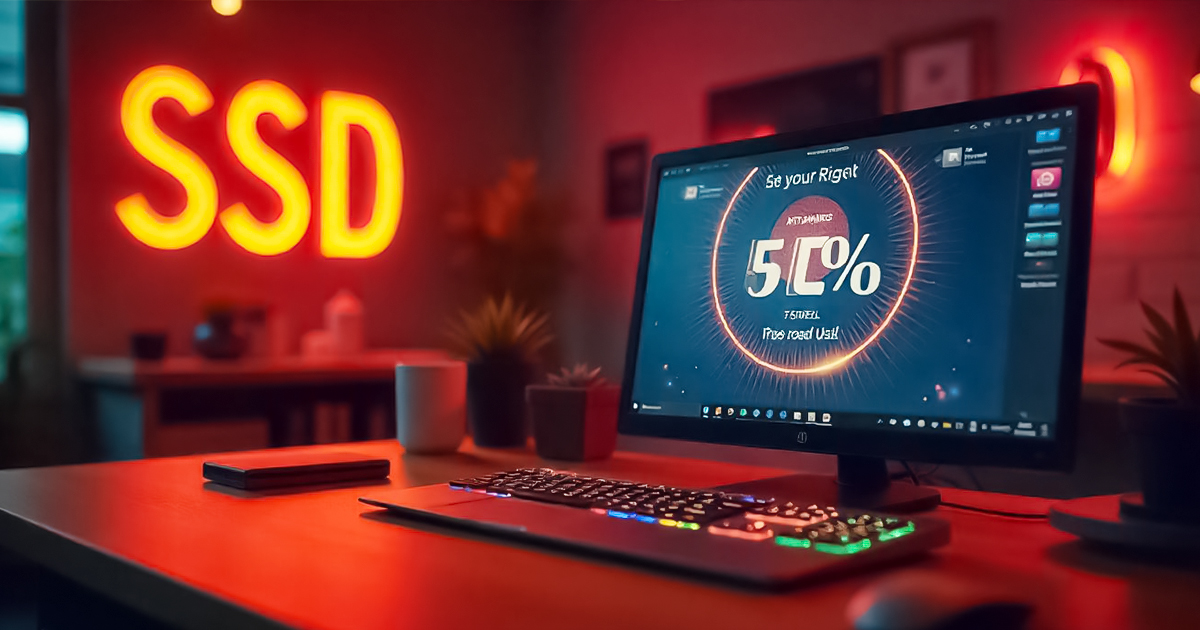
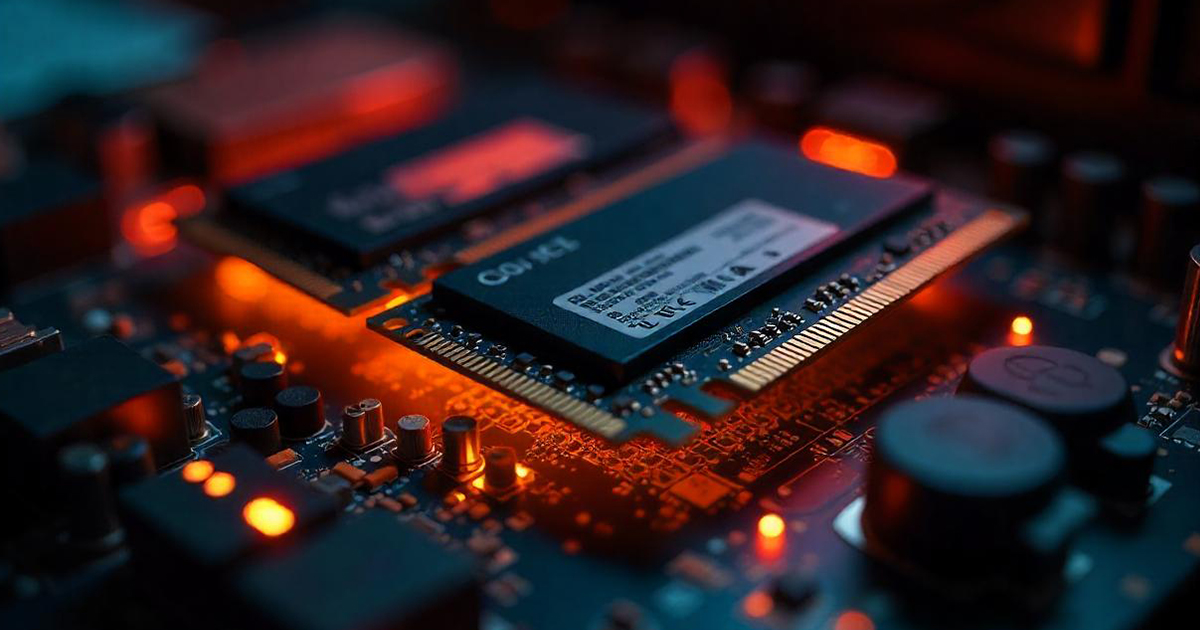
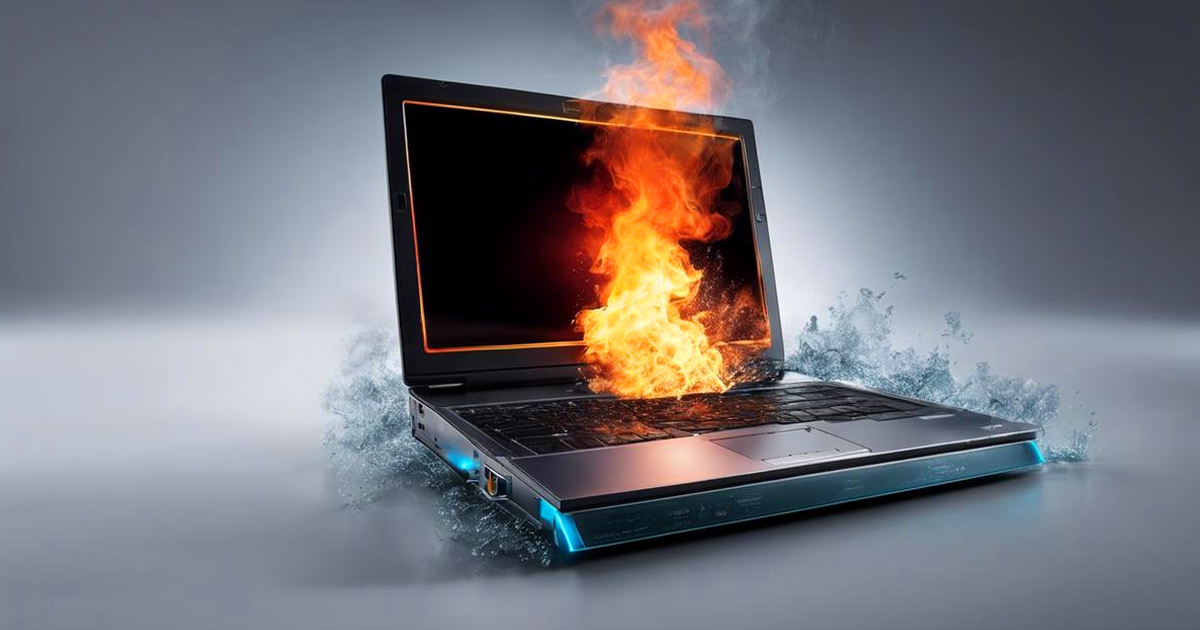
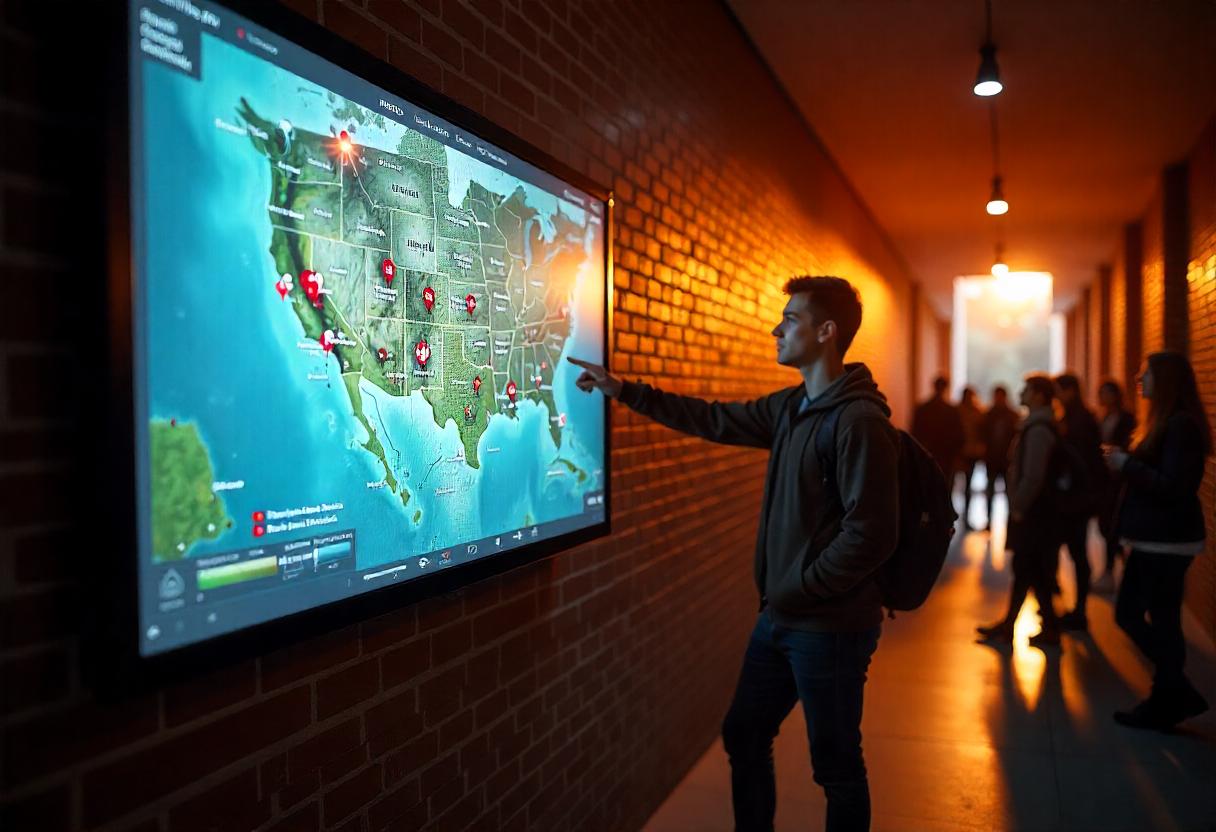
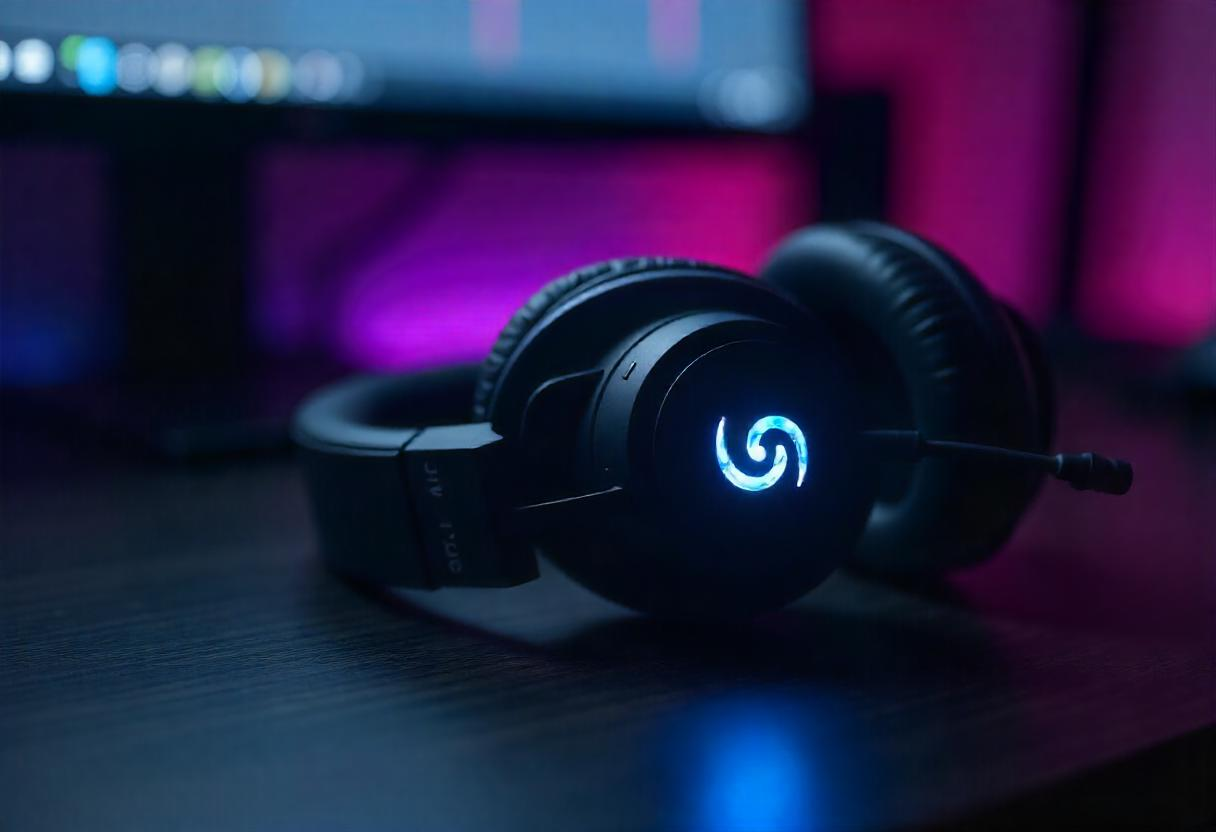
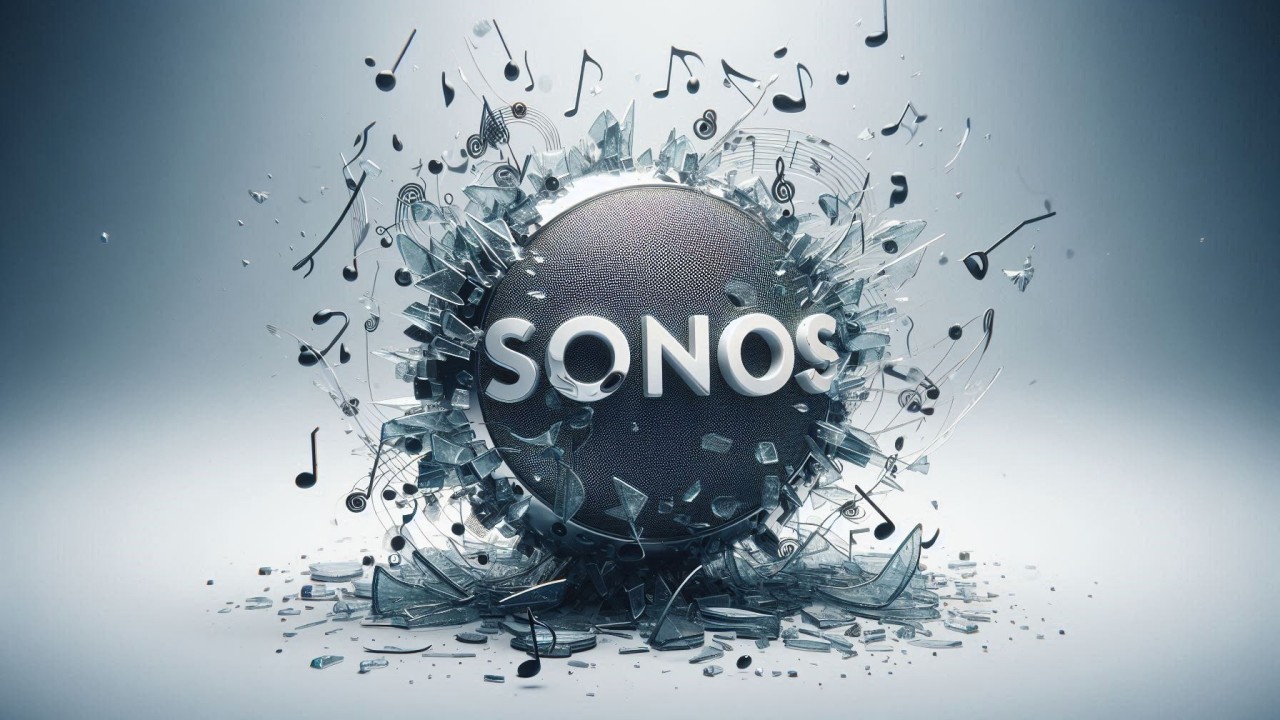
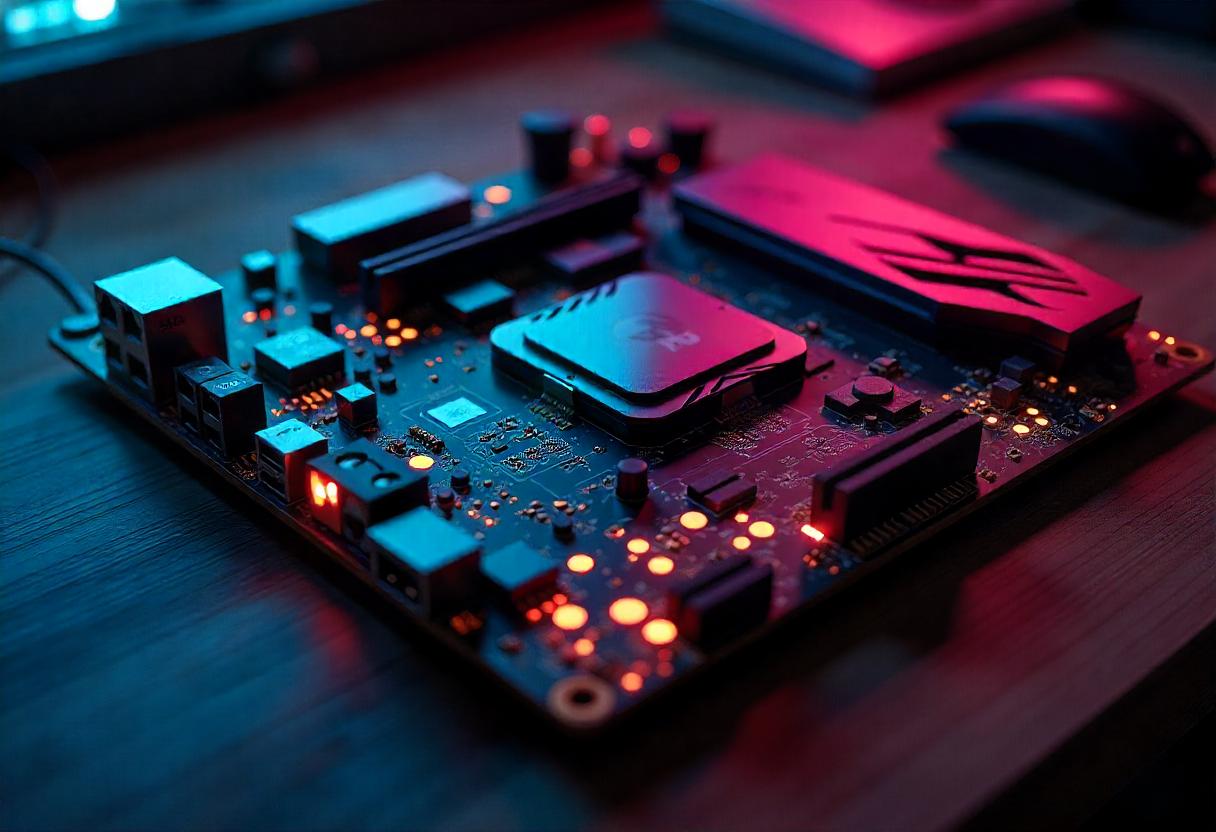
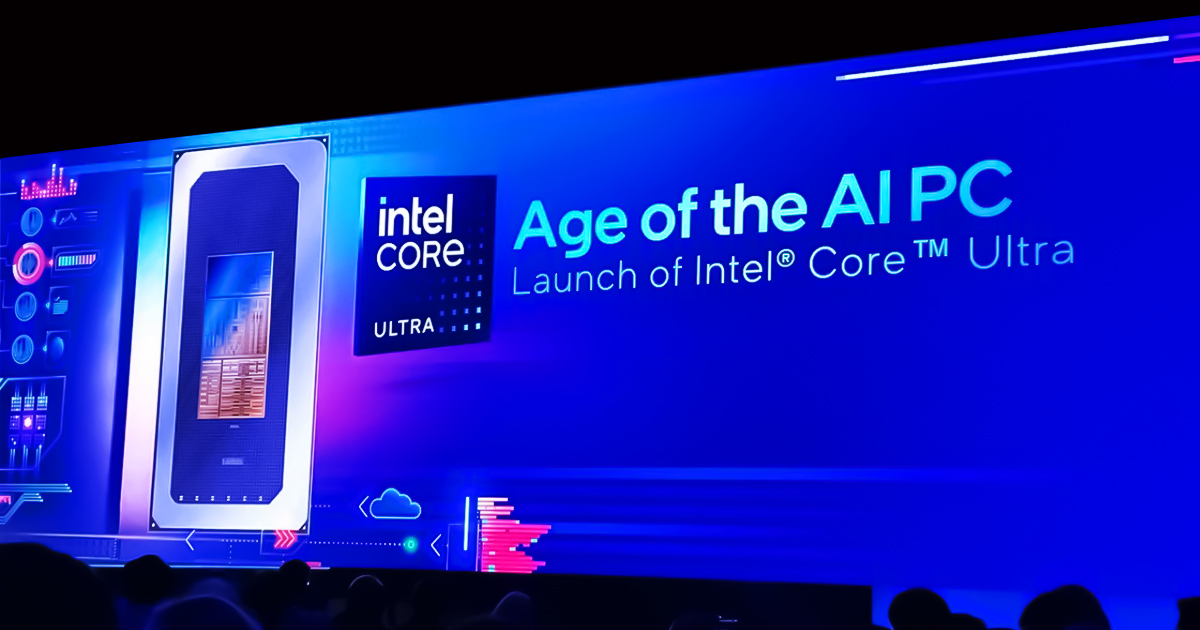

Nahid
Well-written. Thanks for the clearly defined similarities and dissimilarities.